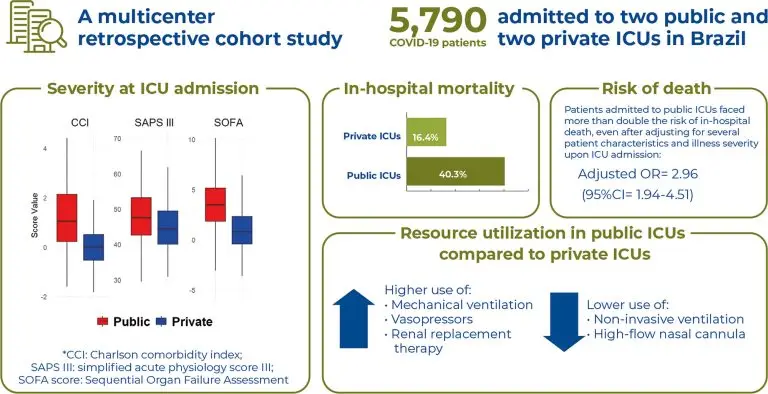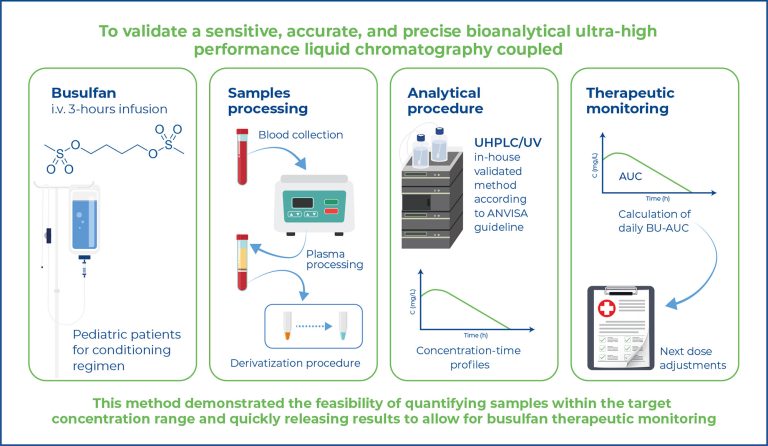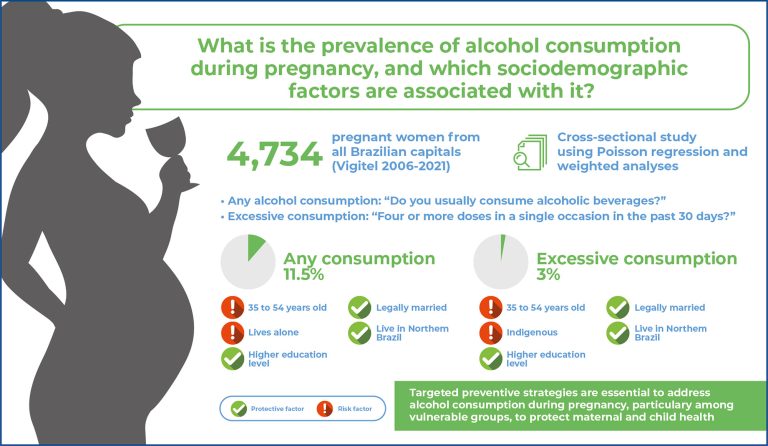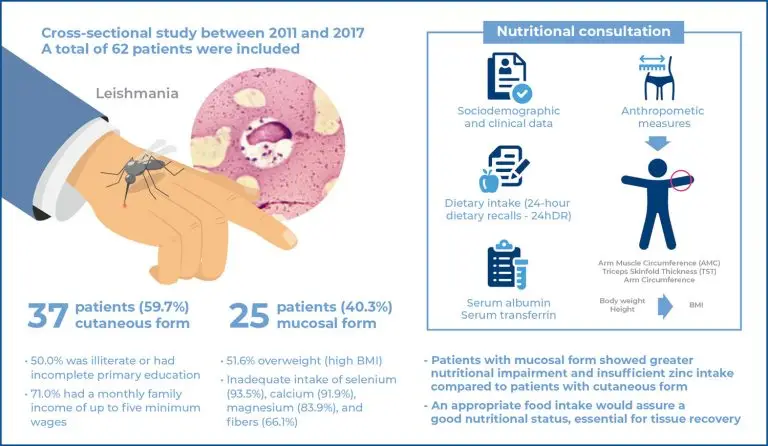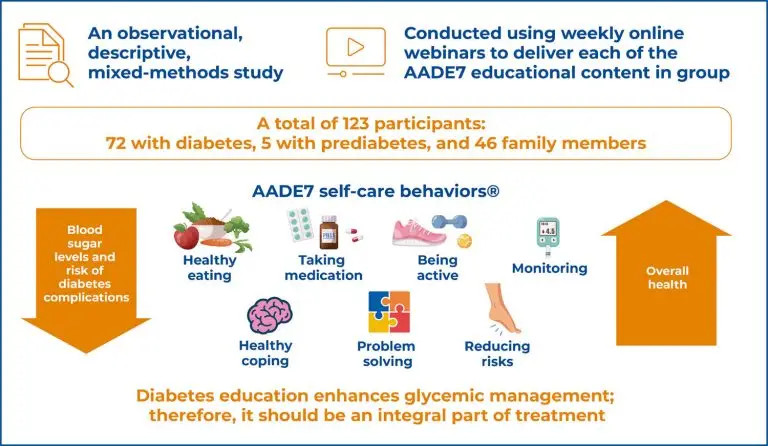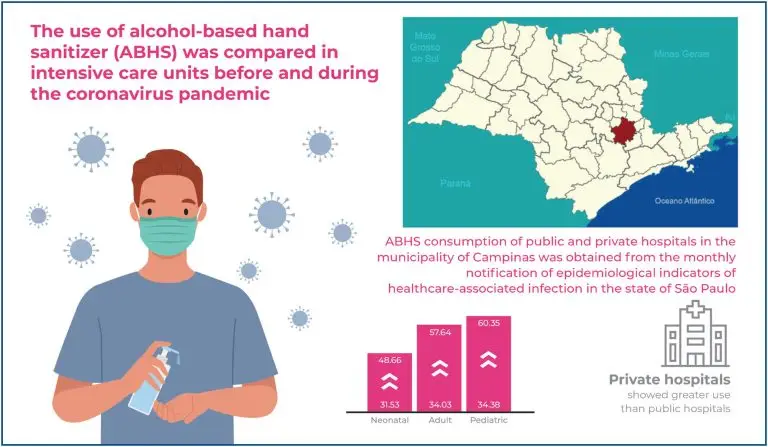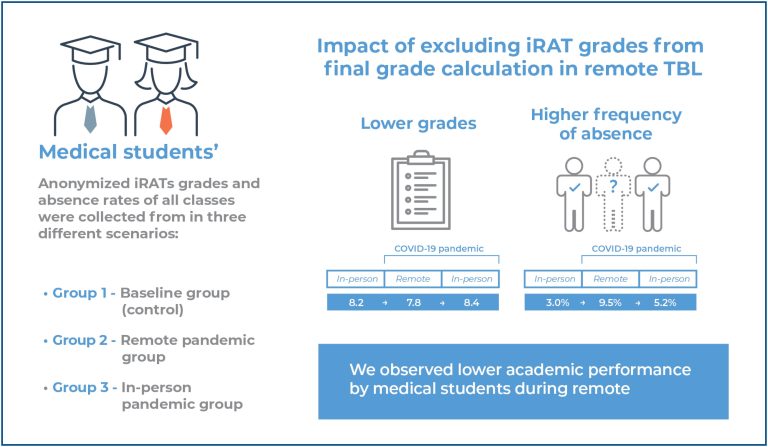14/Mar/2025
Assessment of mortality due to severe SARS-CoV-2 infection in public and private intensive care units in Brazil: a multicenter retrospective cohort study
einstein (São Paulo). 14/Mar/2025;23(spe1):eAO1060.
View Article14/Mar/2025
Assessment of mortality due to severe SARS-CoV-2 infection in public and private intensive care units in Brazil: a multicenter retrospective cohort study
DOI: 10.31744/einstein_journal/2025AO1060
Highlights ■ Public intensive care unit COVID-19 patients presented with more comorbidities and higher severity at admission. ■ Public intensive care units required more invasive organ support (e.g., mechanical ventilation, vasopressors, and renal replacement therapy) but less non-invasive ventilation and high-flow nasal cannula than private intensive care units. ■ In-hospital mortality was higher in public intensive care units, with an increased risk of death even after adjusting for patient characteristics and illness severity at intensive care unit admission. ABSTRACT Objective: […]
Keywords: Coronavirus; Coronavirus infections; COVID-19; Critical care; Critical care outcomes; Intensive care units; Mortality; SARS-CoV-2
10/Mar/2025
Aortic calcium score predicts early outcomes in aortoiliac revascularization
DOI: 10.31744/einstein_journal/2025AO0527
Highlights ■ The calcium score can be calculated using computed tomography angiography. ■ The aortic calcium score was associated with amputation and subsequent revascularization within 30 days. ■ The calcium score in below-the-knee arteries was higher in the patients who underwent subsequent revascularization and amputation at 12 months. ABSTRACT Objective: To evaluate the association between lower limb artery calcium scores in preoperative computed tomography angiography and outcomes of patients with critical limb ischemia who underwent revascularization procedures in the aortoiliac […]
Keywords: Amputation, surgical; Angioplasty; Atherosclerosis; Calcium; Chronic limb-threatening ischemia; Computed tomography, angiography; Lower extremity; Peripheral arterial disease
10/Mar/2025
Barriers to cardiac rehabilitation and their association with hospital readmission in patients with heart failure
einstein (São Paulo). 10/Mar/2025;23:eAO0713.
View Article10/Mar/2025
Barriers to cardiac rehabilitation and their association with hospital readmission in patients with heart failure
DOI: 10.31744/einstein_journal/2025AO0713
Highlights ■ Barriers to rehabilitation: high inactivity rates (88.4%) and significant barriers, such as fatigue and lack of awareness, hinder recovery. ■ Professional supervision: only 1% of patients were enrolled in formal cardiac rehabilitation; however, those who received professional supervision experienced lower readmission rates (14.6% versus 35.1%). ■ Systematic gaps: addressing systemic gaps, such as coverage and referral to rehabilitation programs, is critical for improving patient outcomes and reducing rehospitalization rates. ABSTRACT Objective: This study assessed the barriers to cardiac […]
Keywords: Cardiac rehabilitation; Cardiac Rehabilitation Barriers Scale; Coronary disease; Exercise; Exercise therapy; Heart failure; Hospitalization; Patient discharge; Self management; Surveys and questionnaires
10/Mar/2025
Validation of an ultra-high performance liquid chromatography/UV method to quantify busulfan in plasma: application to therapeutic drug monitoring
einstein (São Paulo). 10/Mar/2025;23:eAO0964.
View Article10/Mar/2025
Validation of an ultra-high performance liquid chromatography/UV method to quantify busulfan in plasma: application to therapeutic drug monitoring
DOI: 10.31744/einstein_journal/2025AO0964
Highlights ■ We validated the UHPLC/UV method for accurate busulfan quantification in plasma. ■ Inaccuracy and imprecision were below 15%, ensuring reliable therapeutic drug monitoring results. ■ This enables effective pharmacokinetic studies with rapid turnaround times in patient samples. ABSTRACT Objective: This study aimed to validate a sensitive, accurate, and precise bioanalytical ultrahigh- performance liquid chromatography coupled with ultraviolet (UHPLC/UV) method for the determination of busulfan in human plasma using 1,6-bis-(methanesulfonyloxy) hexane as an internal standard for therapeutic drug monitoring. […]
Keywords: Busulfan; Calibration; Chromatography, high pressure liquid; Drug monitoring; Hematopoietic stem cell transplantation; Hospital, public; Pharmacokinetics
26/Feb/2025
Alcohol consumption among pregnant women in Brazilian capitals: How many, where, and who are they?
DOI: 10.31744/einstein_journal/2025AO0754
Highlights ■ Any alcohol consumption during pregnancy: prevalence of 11.5%. ■ Excessive alcohol consumption during pregnancy: prevalence of 3.0%. ■ Risk factors: older age, low education, and Indigenous ethnicity. ■ Protective factors: being married and living in Northern Brazil. ABSTRACT Objective: To analyze the prevalence and factors associated with alcohol consumption among pregnant women. Methods: This cross-sectional study examined pregnant women living in Brazilian capitals using information collected by the Noncommunicable Chronic Disease Risk Factor Surveillance System (Vigitel) between 2006 […]
Keywords: Alcohol drinking; Binge drinking; Health Surveys; Pregnancy; Pregnant Women; Risk Factors; Surveys and questionnaires
Ideal time and self-reported time to ejaculate, frequent use of virtual pornography, and disorders of ejaculation among internet users in the Metropolitan Region of São Paulo, Brazil. Cross-sectional study

26/Feb/2025
Ideal time and self-reported time to ejaculate, frequent use of virtual pornography, and disorders of ejaculation among internet users in the Metropolitan Region of São Paulo, Brazil. Cross-sectional study
einstein (São Paulo). 26/Feb/2025;23:eAO1282.
View Article26/Feb/2025
Ideal time and self-reported time to ejaculate, frequent use of virtual pornography, and disorders of ejaculation among internet users in the Metropolitan Region of São Paulo, Brazil. Cross-sectional study
DOI: 10.31744/einstein_journal/2025AO1282
Highlights ■ About one in every 10 social network male users in São Paulo frequently use virtual pornography. ■ Over half of the respondents believed that the ideal time to ejaculate would be of 15 minutes or more. ■ Frequent use of virtual pornography was not associated with ejaculation disorders. ABSTRACT Objective: To investigate the association between frequent use of virtual pornography, perceptions of the ideal time to ejaculate, and changes in ejaculation. Methods: Adult men living in São Paulo […]
Keywords: Diagnostic Self Evaluation; Ejaculation; Erotica; Premature ejaculation; Sexual behavior; Sexual health; Surveys and questionnaires
17/Feb/2025
Adequacy of nutritional status and dietary intake of adult and elderly patients with American Tegumentary Leishmaniasis
einstein (São Paulo). 17/Feb/2025;23:eAO0992.
View Article17/Feb/2025
Adequacy of nutritional status and dietary intake of adult and elderly patients with American Tegumentary Leishmaniasis
DOI: 10.31744/einstein_journal/2025AO0992
Highlights ■ Most patients had an inadequate intake of selenium, calcium, magnesium, and fiber. ■ Patients with mucosal had lower body weight, arm muscle circumference, and serum albumin and zinc intake. ■ Mucosal is associated with insufficient zinc intake, low body weight, and the depletion of serum albumin and transferrin. ■ Oropharyngeal lesions are associated with calorie malnutrition and serum protein depletion. ABSTRACT Objective: Patients with American Tegumentary Leishmaniasis often experience malnutrition, weight loss, and dehydration; however, their eating profile […]
Keywords: Communicable diseases; Eating; Leishmaniasis, cutaneous; Malnutrition; Nutritional assessment; Wound healing
17/Feb/2025
Enhancing diabetes self-management through the AADE7 self-care behaviors framework: an observational study
DOI: 10.31744/einstein_journal/2025AO1213
Highlights ■ Diabetes education is the central pillar of treatment, and the AADE7 offers a 360-degree view of care. ■ Only 18.9% of participants had previously engaged in diabetes-related educational programs. ■ Recognizing signs of hypo and hyperglycemia and responding appropriately is crucial to avoiding complications. ■ Diabetes and sugar consumption remain taboo for many, including healthcare professionals. ABSTRACT Objective: We aimed to implement a comprehensive and accessible diabetes education program for patients and their families based on the AADE7 […]
Keywords: Blood glucose; Diabetes; Family support; Insulin, regular, human; Patient education; Patient-centered care; Self care; Self management
24/Jan/2025
Hand hygiene adherence in intensive care units: comparison before and during the COVID-19 pandemic in a municipality of São Paulo state
einstein (São Paulo). 24/Jan/2025;23:eAO0951.
View Article24/Jan/2025
Hand hygiene adherence in intensive care units: comparison before and during the COVID-19 pandemic in a municipality of São Paulo state
DOI: 10.31744/einstein_journal/2025AO0951
Highlights ■ The COVID-19 pandemic has increased adherence to hand hygiene in intensive care units. ■ Private hospitals recorded higher consumption of alcoholbased hand sanitizer. ■ Interventions are needed to help keep rates up. ABSTRACT Objective: Compare alcohol-based hand sanitizer use in intensive care units in a municipality in São Paulo state, before and during the coronavirus pandemic. Methods: Analytical retrospective study using indirect documentation, with data obtained from a notification spreadsheet for epidemiological indicators of healthcare-associated infection in the […]
Keywords: Coronavirus infections; COVID-19; Hand hygiene; Hand sanitizers; Intensive care units; Pandemics; Risk reduction behavior
24/Jan/2025
Remote team-based learning during COVID-19: lower academic performance is associated with the exclusion of test grades from final grades
einstein (São Paulo). 24/Jan/2025;23:eAO1007.
View Article24/Jan/2025
Remote team-based learning during COVID-19: lower academic performance is associated with the exclusion of test grades from final grades
DOI: 10.31744/einstein_journal/2025AO1007
Highlights ■ Remote team-based learning sessions were conducted during the COVID-19 pandemic, and their grades were not included in the final course grade calculation. ■ Remote team-based learning resulted in lower iRAT grades than in-person team-based learning, independent of the semester. ■ Remote team-based learning resulted in more students failing the test than in-person team-based learning. ■ Remote team-based learning resulted in lower student attendance than in-person team-based learning. ABSTRACT Introduction: The COVID-19 pandemic necessitated a shift from in-person to […]
Keywords: Academic performance; Educational measurement; Group process; Learning; Problem-based learning; School, medical; Students, medical; Team-based learning


